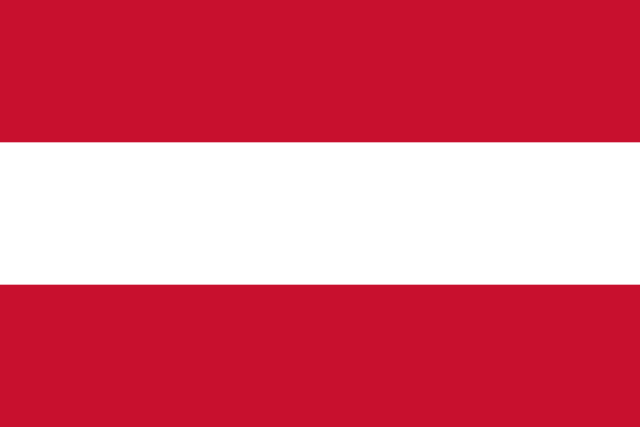Country Information
| Sovereign State | Yes |
| Country Codes | IT, ITA |
| Official Name | Italian Republic |
| Continent | Europe |
| Capital | Rome |
| Government Type | Parliamentary Republic |
| Currency | Euro (EUR) |
| Calling Code | +39 |
| Member Of | United Nations, European Union, NATO, World Trade Organization, G7 |
| Population | Approximately 60.4 million (as of 2023) |
| Total Area | Approximately 301,340 square kilometers |
| Highest Point | Mont Blanc (4,808 meters or 15,774 feet) |
| Lowest Point | Jolanda di Savoia (-3.44 meters or -11.3 feet) |
| GDP Per Capita | Around $33,000 USD |
| Life Expectancy | Approximately 83 years |
| Internet TLD | .it |
Italian National Anthem
Il Canto degli Italiani (The Song of the Italians)
Brothers of Italy,
Italy has awakened,
With Scipio’s helmet
Binding her head.
Where is Victory?
She bows her head to you,
You, whom God created
As the slave of Rome.
Flags of Neighboring Countries






History of the Italian Flag
The Italian flag, known as “Il Tricolore,” has a rich history that dates back to the late 18th century, reflecting Italy’s long journey towards unification and independence. Adopted officially on January 1, 1948, the flag is a vertical tricolor of green, white, and red, with the green at the hoist side. These colors have played a significant role in Italian identity and history.
The origin of the flag’s colors is often linked to the city of Milan and the Cisalpine Republic, a sister republic of France under Napoleon Bonaparte. The green represented the country’s plains and hills, white symbolized the snow-capped Alps, and red was a reminder of the bloodshed in the Wars of Italian Independence. Another interpretation suggests that the green stands for hope, the white for faith, and the red for charity.
The design of the Italian flag was influenced by the French flag, brought to Italy by Napoleon in 1797. The Cisalpine Republic first adopted a similar tricolor flag, and various Italian states then used the colors in various forms until unification in 1861. The Kingdom of Italy, established in 1861, adopted the tricolor with the House of Savoy’s coat of arms in the center, which was removed in 1946 when Italy became a republic.
Over the years, the Italian flag has become a symbol of democracy, freedom, and national unity. It was a rallying point during the Risorgimento, the movement for Italian unification in the 19th century. The flag has undergone few changes since its adoption, with the most significant being the removal of the Savoy coat of arms following the abolition of the Italian monarchy.
Today, the Italian flag is an emblem of the Republic of Italy, representing its heritage, culture, and the values of the Italian Republic. It is a source of pride for Italians and is prominently displayed on national holidays and significant events. The simplicity of its design and the powerful symbolism of its colors continue to resonate with Italians and people of Italian descent worldwide. The flag not only symbolizes the nation’s past struggles and victories but also its contemporary aspirations and place in the global community.

